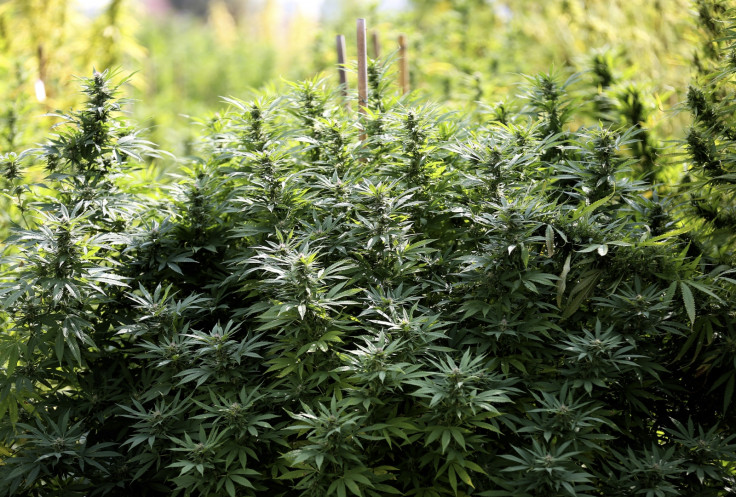Level of THC - the main psychoactive ingredient in cannabis - more than triples in 20 years

Cannabis has become much stronger over the last two decades, with significantly increased concentrations of tetrahydrocannabinol (THC) - the active ingredient in the drug - found in illegal strains between 1995 and 2014, a study has found.
Researchers analysed some 38,600 samples of illegal marijuana — including mostly cannabis plant material, but also hashish, and hash oil — seized by the US Drug Enforcement Administration over the past 20 years. They discovered that a potent type of marijuana — sinsemilla — increased from 2010 to 2014, according to the findings published in Biological Psychiatry.
They also found that the level of THC — the main psychoactive ingredient in cannabis — jumped from 4% in 1995 to 12% in 2014. An earlier study in Colorado found some samples contained up to 30% THC.
That's not a good thing, according to the study's lead author Mahmoud ElSohly, a pharmaceutics professor at the University of Mississippi. He says stronger doses of THC carry a higher risk of negative health effects, including psychosis and panic attacks. Lower concentrations create "a pleasant feeling; it is the munchies, the happiness," ElSohly told Live Science.
The stronger highs also mean that cannabis is more likely to be used, particularly by adolescents, says ElSohly. Growers have a major incentive in boosting the THC in their plants because they can increase prices for more potent pot. Cannabis users can also develop a tolerance for THC so they need higher levels and fuel demand, according to ElSohly.
While THC levels have been climbing, cannabidiol (CBD)— which may have possible health benefits— dropped in marijuana samples, so that the THC level grew from 14 times the amount of CBD in 1995 marijuana to 80 times the amount in 2014.
© Copyright IBTimes 2025. All rights reserved.






















